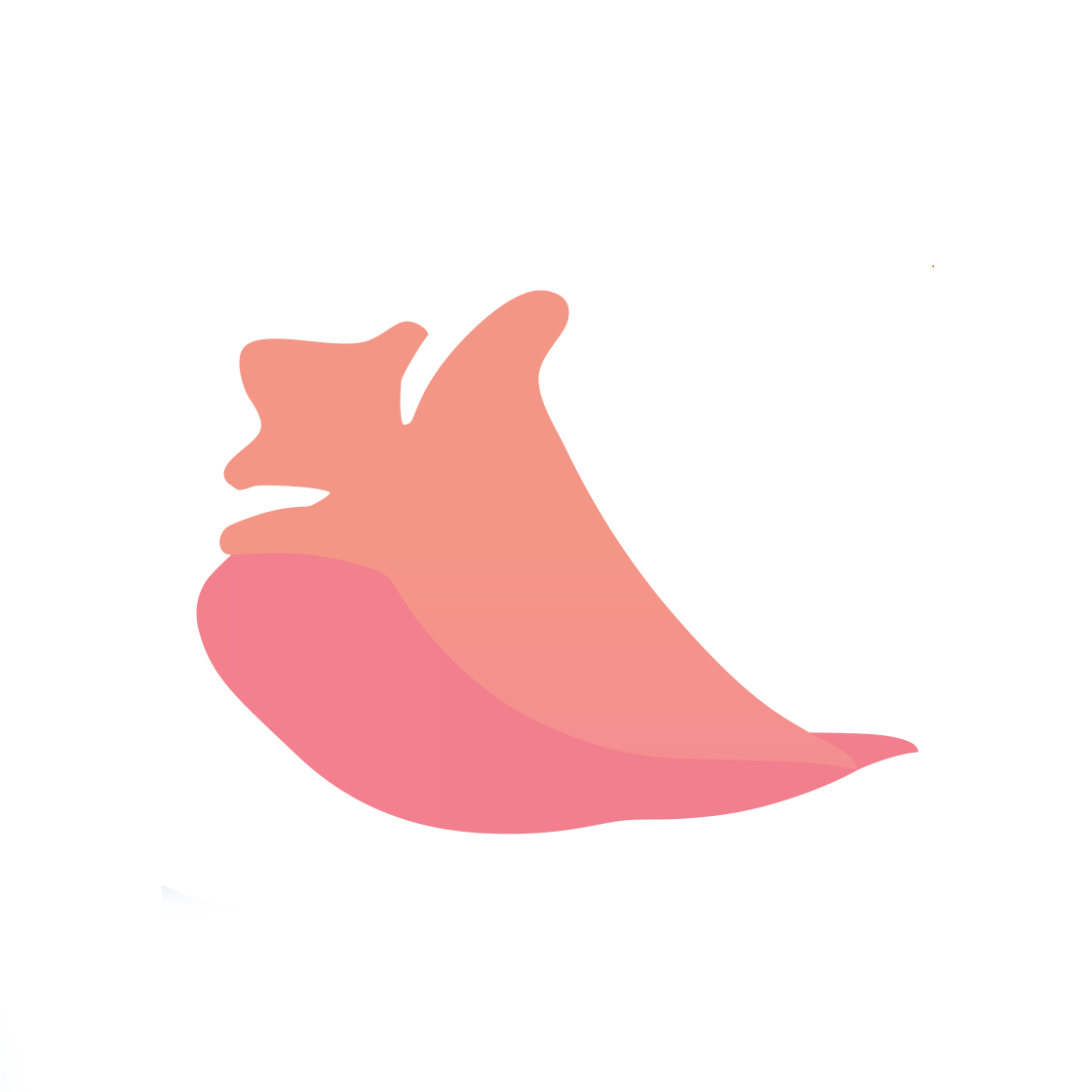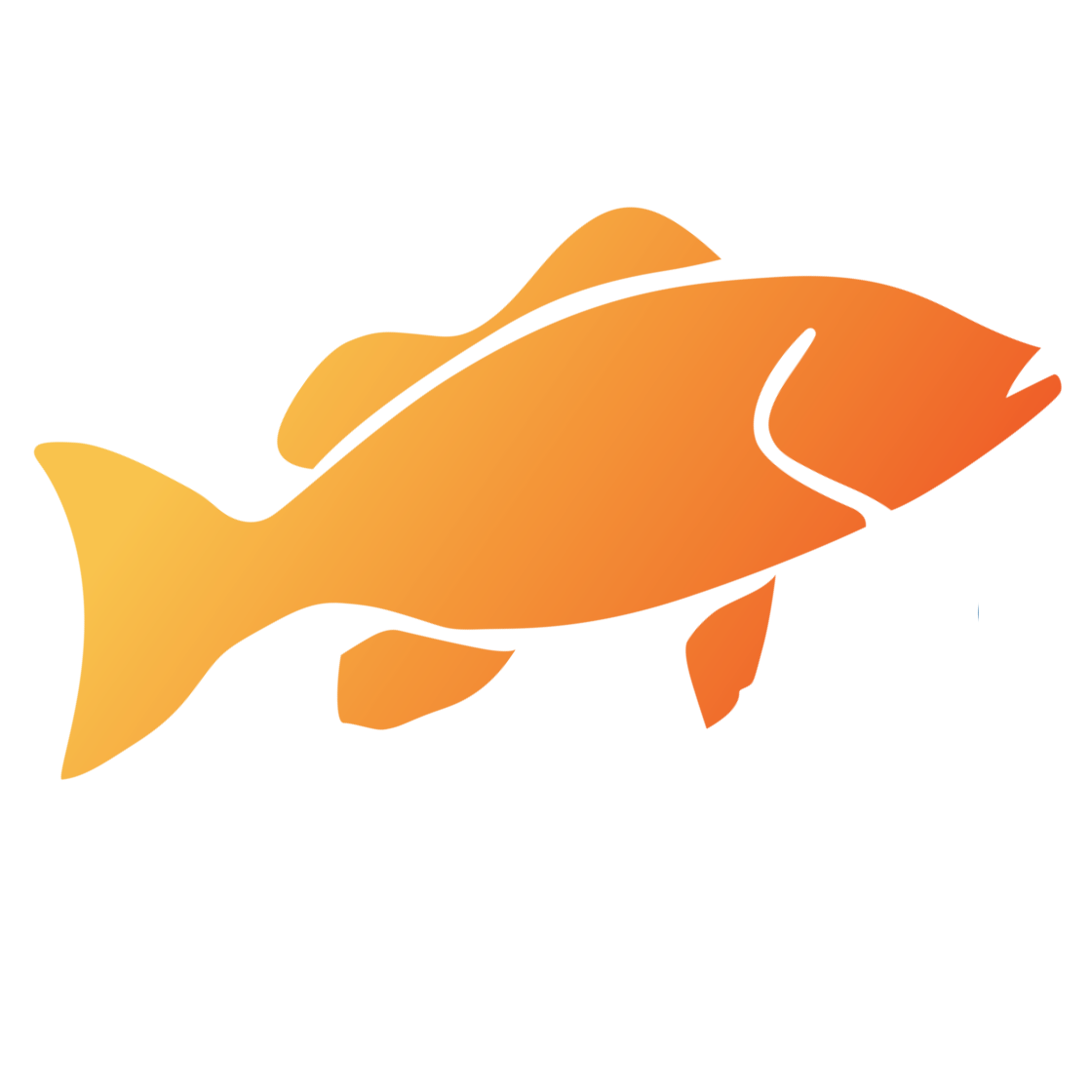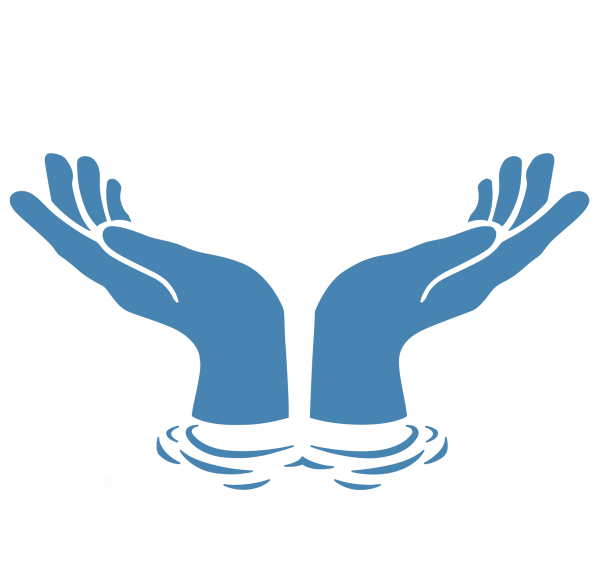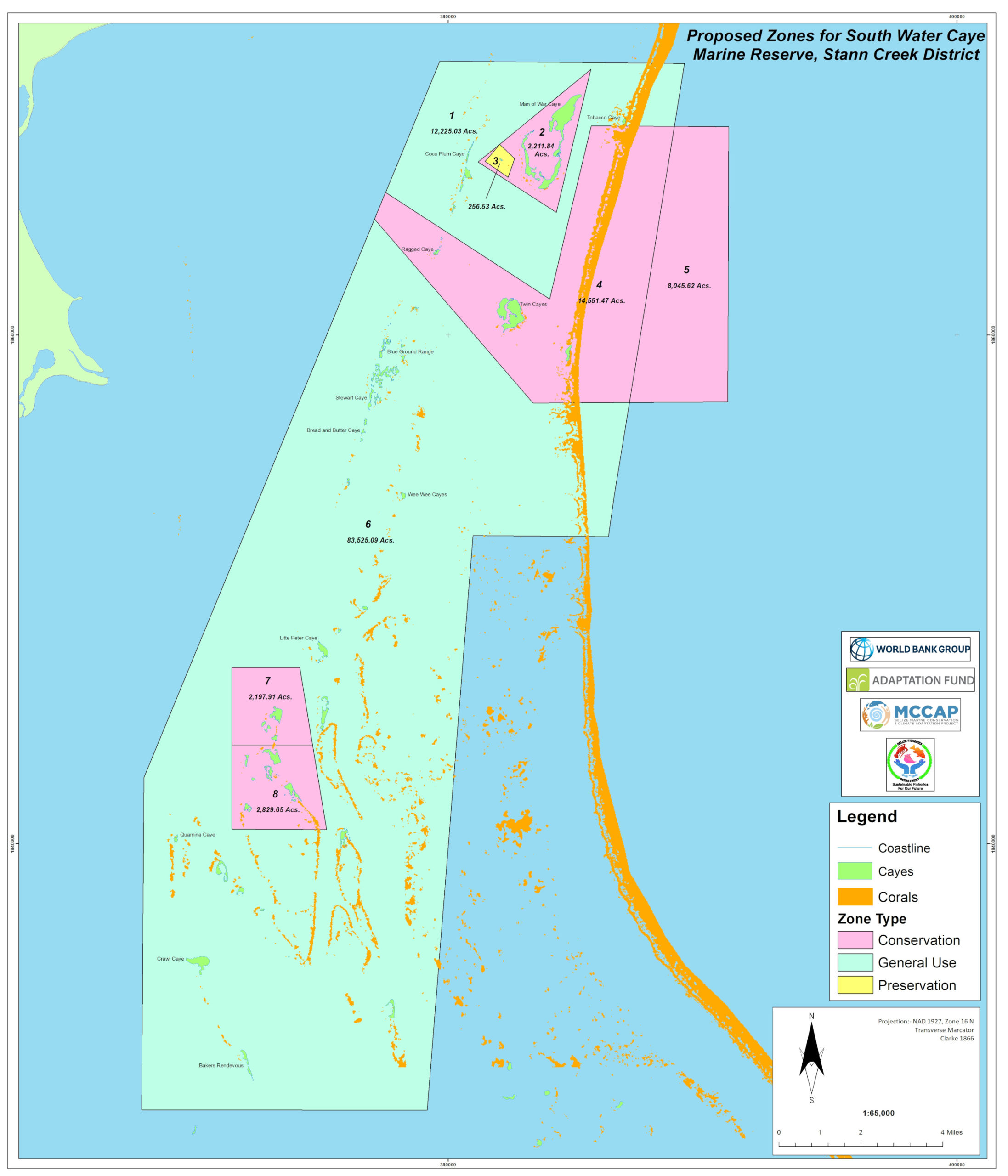SWCMR
South Water Caye Marine Reserve
South Water Caye Marine Reserve is the second largest marine protected area in Belize, covering 117,875 acres (approximately 47,700 hectares). South Water Caye Reserve, located on the inner side of the Barrier Reef, in the area of 16°49’09.29”N, 88°05’00.68”W, is part of the Belize reef system. It lies 18km east of the mainland, and west of the most southerly of the Glover’s Reef atoll (Maps 1 and 2). The Marine Reserve includes a portion of the Belize Barrier Reef, and a series of ecological important mangrove cayes, many of them submerged – Pelican Cayes, Twin Cayes and the Tobacco and Blue Ground Ranges. The marine protected area was established by the Fisheries Department in 1996 under (SI 118), under the Fisheries Act (Ch 210, 1983). The area was recognized to be of exceptional integrity of the marine ecosystems, and its national, regional and international importance.
The area is highlighted under ecoregional planning initiatives for its particularly rich biodiversity (Kramer and Kramer, 2002; updated in Arrivillaga et. al, 2008), supporting an important oceanic mangrove system and extensive seagrass meadows, which provide valuable habitats for commercial and non-commercial species – including queen conch (Strombus gigas) and lobster (Panulirus argus), the foundations of the traditional fishing industry on which a number of coastal communities in Belize are dependent. The sheltered waters and mangrove systems of the Pelican cayes in the southern area of the Marine Reserve have been identified as one of the most biodiverse marine systems within the western hemisphere, supporting a number of endemic species, and species new to science.
Rules and Regulations
Conservation Zone
- No fishing or collection of marine items (living or non living) of any type
- There shall only be non-extractive recreational activities in the conservation zone
- Every boat captain must check with reserve station prior to using this area
- When within the conservation zone all boat captain must have their divers down flag when divers or snorkelers are in the water
- All boat captains must ensure that at all time there is a ratio of no more than eight (8) divers or snorkelrs per licensed tour guide at all times
- Tour guides must explain the rules of the reserve to divers or snorkelers
- Only certified scuba instructors are allowed to conduct dive training
- No person shall harass or in any way tamper with any fauna
- No person shall engage in water-skiing or jet skiing
General Use Zone
- Commercial fishing is allowed in this area
- Gears such as longlines, and gillnets cannot be used within this area
- Spear fishing is not permitted
- Sport fishing is allowed only under license from the Fisheries Department and fish can only be retained for subsistence during tour
- Catch and release tours can only remove fish for subsistence purposes
- Anchor should not be cast or dragged
Preservation Zone
- No fishing, sport fishing, diving, or any other water activities shall be permitted at the preservation zone
- No person shall operate a motor boat within the preservation zone except in case of emergencies, or where written permission has first been obtianed from the Fisheries Administrator
Programs
Natural and Cultural Resource Management
This program comprises four sub categories: Marine Resource Management, Zoning and Boundaries, Surveillance and Enforcement, and Marine/wildlife Management.
Under the first subcategory Support and uphold Fisheries regulations relevant to maintenance of commercial species. In conjunction with the MPA staff is required to ensure that compliance is met by the stakeholders of the reserve. Therefore the staff has to ensure that users are aware of the reserve regulations, that the base is equipped with the materials needed, ensure that surveillance and enforcement of the different regulations is done, ensure the different zones are respected, ensure the human resources(staff) is properly equipped and trained to carry out daily duties(enforcement patrols, arrest, data collection, etc.), ensure the zones are properly demarcated, ensure that the stakeholders are engage through awareness participation and communication on a regular basis to ensure compliance. Also to assist in marine wildlife management the staff has to assist in the development of best practice plans, and ensure that sustainable development plans are made. Ensure programs are implemented for invasive species and have management plans for pollution.
Research and Monitoring
Research and Monitoring ensures that informed decision are made for the effective management of the reserve. It also helps to assess if the the MPA is achieving its objectives. The biologist is in charge of carrying out these activities in the reserve. There are four sub programs research, monitoring, training, and research collaboration.
Research is usually done by outside universities or researchers. They apply for a permit and the department reviews the projects. If they pass a research license is granted. The monitoring done at the reserve is mostly for the commercial species that are targeted by the department. These include: water quality, mangroves, sea cucumber, lobster, conch, commercial spp. of fish, turtles, sea-grass, and corals. These data are used to assess if the management of the MPA is effective and if not to make informed decisions on how to improve. Training of the reserve staff is and the biologist is needed in order to ensure that the data being collected is sound data. The staff assists the biologist in all monitoring. The staff also collaborates with other NGO’s/organizations in monitoring.
Community Participation
South Water Caye Marine Reserve has a number of mechanisms for encouraging community participation in reserve activities. There is stakeholder representation on the South Water Caye Marine Reserve Advisory Committee (SWCMRAC), which makes recommendations towards the management of the protected area. The Advisory Committee is “responsible for making recommendations on decisions regarding the development of policies and issues affecting the management of the South Water Caye Marine Reserve, and plays a vital role in the success of the reserve, by providing strategic support to the reserve personnel, leading to improved management on the ground and the ultimate achievement of the reserve’s management objectives. It also acts as a mechanism for strengthening participation of fishermen in the management of the area, providing a mechanism for participation”.
As a part of the community participation plan the staff assist in the creation of Socio-Economic Benefit Strategies for Stakeholder Communities. These include Provision of alternative livelihoods options and skills training should focus on those communities most impacted by conservation management. The marine reserve staff should therefore work closely with the ongoing programmes of several NGOs (WCS, SEA, Green Reef, TNC and SACD), strengthening collaboration in stakeholder engagement and provision of socio-economic benefits. The staff is continuously creating posters, flyers, signage, and encouraging the public participation of the community by doing education and outreach with the different communities. The MPA has a visitor center where students and tourist are given presentations on the reserve. Under the Public use program a fee is charged to visitors to the MPA. The MPA has a visitor center where students and tourist are given presentations on the reserve. These activities also assist in the last two programs. Under site infrastructure management and Administration of the human resources the staff is assisted by the government. Hence the revenue collected from visitors is then used to assist in the upkeep, maintenance, and upgrading of the reserve staff and its infrastructure.













